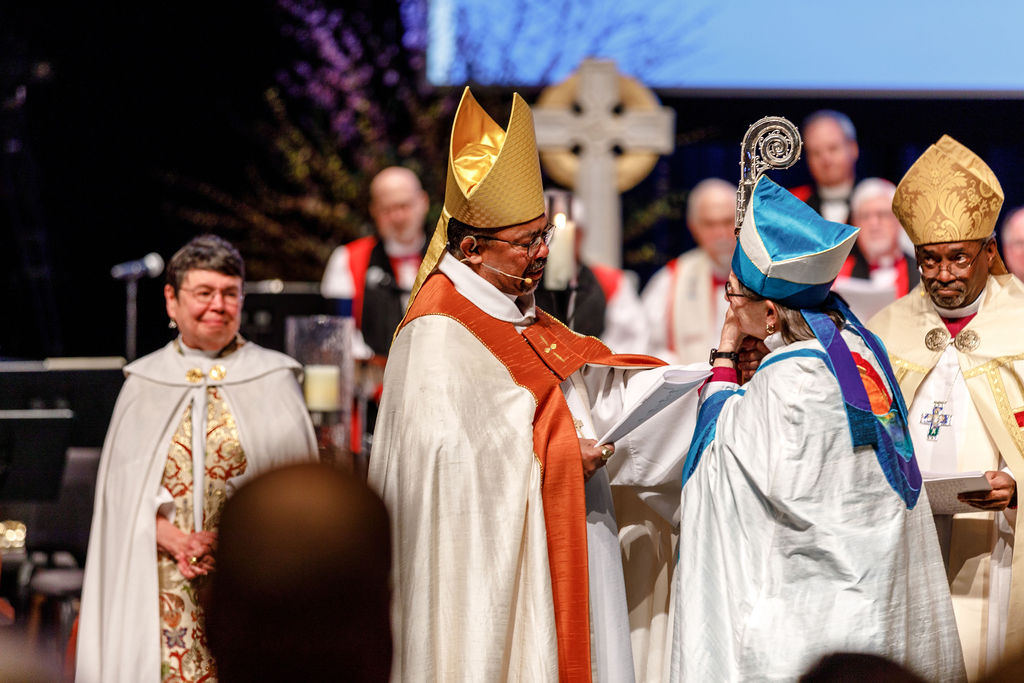Formation of the Protestant Episcopal Church

Apostolic Tradition
Before the American Revolution, the colonies had no American Bishops. Those wishing to be priests or consecrated as bishops were required to make an expensive perilous journey to England and convince English bishops to perform the service. During and after the war, English bishops would not confirm American priests due to their inability to pledge fealty to the English Monarch.
Samuel Seabury was an American Anglican priest who remained loyal to the king during the war. He was imprisoned and humiliated by patriots during the hostilities. Despite his election as a bishop by American clergy, Seabury traveled to England for consecration by three Church of England Bishops. He was rejected but was consecrated in 1784 by three Scottish Bishops in return for replacing the Scottish Communion Liturgy in the forthcoming Episcopal Prayer Book. Following a change of policy by the Church of England, William White and Samuel Provost were consecrated by Archbishop Thomas Secker of Canterbury and Bishops William Markham of Chester and Richard Terrick of London on February 7, 1787. The two new bishops with Bishop Seabury consecrated James Madison in 1790.
With Bishops in place, the Episcopal Church began to recover from the devastation of the Revolutionary War. The Episcopal Church at its founding represented roughly 100,000 Christians through more than 700 parishes. It was common for a single priest to oversee multiple congregations. Therefore, the total number of priests might have been closer to 300-400, assuming an average of one priest per two or three parishes. The Episcopal Church’s growth in the early years was modest compared to other denominations due to the resistance to the evangelical movement. However, it did experience sustained growth throughout the 19th century, particularly in urban areas and among wealthy elites.
Founding of the Church
Samuel Seabury’s consecration in 1784 was the first step in the eventual break from the Church of England. Over the following five years (1785-1789), several conventions are held by American Episcopalians, debating the church’s future. In 1789, the General Convention convened in Philadelphia and established the “Protestant Episcopal Church in the United States of America.” This formalizes the church’s independence from both the Church of England and the nascent American government. In 1792, the General Convention adopts the Book of Common Prayer, adapted from the English prayer book but reflecting the new church’s American context.
The new church retained much of its Anglican heritage, with a liturgical structure, emphasis on scripture and tradition, and three orders of ordained ministry (bishops, priests, and deacons). The “Protestant” in the name reflects the influence of Reformation theology, with an emphasis on individual reading of scripture and justification by faith. Today, the legal name of the church remains “The Protestant Episcopal Church in the United States of America.” However, “The Episcopal Church” is widely used and recognized as the primary name within the church and externally. The legal aspect is still under discussion, and future changes to the official name are not out of the question. The church is governed by a bicameral General Convention, with bishops forming the House of Bishops and lay delegates and clergy forming the House of Deputies.
